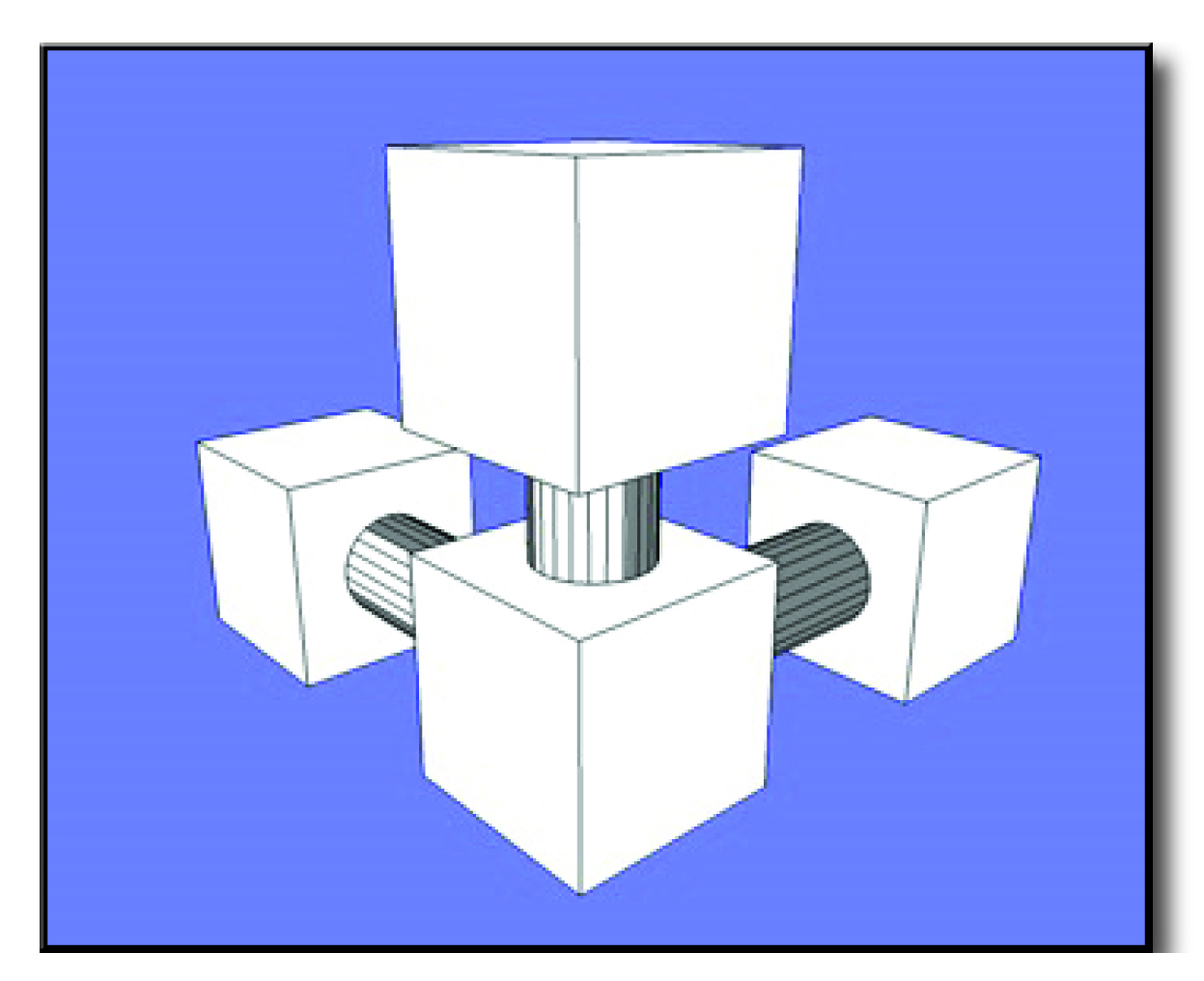Talking Walls – Why and How
The idea behind Talking Walls has evolved from one of the major projects for my degree in 1996. The degree project was designed to cover the rise and fall of Dunster Castle, near Minehead, Somerset. It would follow the family’s history and ownership from the 11th Century to present day as an animated, educational CD-ROM aimed at children. The research was completed and a section of the history was animated, with the intention to continue with the animated history over the next year. Unfortunately, this didn’t happen, but the idea to complete it at some stage has always been there.
Five years on, my husband and I now have our own design business and the Dunster project has been able to be revived due to interest in the idea from a perspective client. I have always thought that the idea of an animated history of a castle or similar heritage sites could be a commercial viability. During this last year’s networking events, I have spoken about the idea in the hope that contacts would be forthcoming, and fortunately they have. One contact was Pitkin Unichrome who publish tourist guides for various heritage sites. These are mainly brochures but during last year they completed one CD-ROM guide regarding London. On inspection, this turned out to be the London brochure on CD, the only interactivity was the mapping, and the only animation was the QuickTime 360s of different areas in London. They were very interested in a development of the Dunster idea, not having seen 3D modelling and animation applied in this way.
We designed some ideas on a generic theme – Medieval Castles – which they would then be able to put forward to their own clients, note interest and then decide whether it would be a feasible application to offer alongside the brochures. This reached a certain stage, but we have not heard from them since. We now have other interested parties, including the Tours region in France, so the intention is still to develop this idea and make a success of it.
I was introduced, again through networking, this time via Wired Wessex, to the Southampton Institute, who were hosting an event with Wired Wessex regarding the MA Interactive Production course. Over the last five years, I had often looked at different MA courses, but found they were either full-time, too far away, not applicable enough in content or just too expensive. Having the business, i could not afford to study on a course that was full-time, it had to be part-time and the content needed to be in relation to my degree and the business. This course covered everything, i could attend part-time – even better that the part-time was one day a week, the content followed on completely from my degree, and it was not overly expensive. After a few discussions both with Trevor (Pountain) and my husband Paul, I decided to apply. The over-riding factor was that I would be able to use this MA to complete the Dunster idea. This would not only give me the satisfaction of completing this after all this time, but also upgrade all of my skills and stretch to new ones. We, as a business would also benefit, one from the new skills and the confidence in existing skills, but we would have a completed project at the end of it that seemed to be already attracting attention just as an idea, and therefore a possible commercial asset.
Not only this, we would also benefit from the contacts being made at the Institute. Students (and Lecturers) on the course could be valuable sources of manpower. We are a small company and rely on an increasing database of freelancers to help with excess, either in design or training. We have already asked one of my fellow students to help us out with some training, and hopefully this year we will be able to offer more.
We also hope to be useful in that we can provide contacts ourselves, from our own networking database, to the benefit of the Institute.
